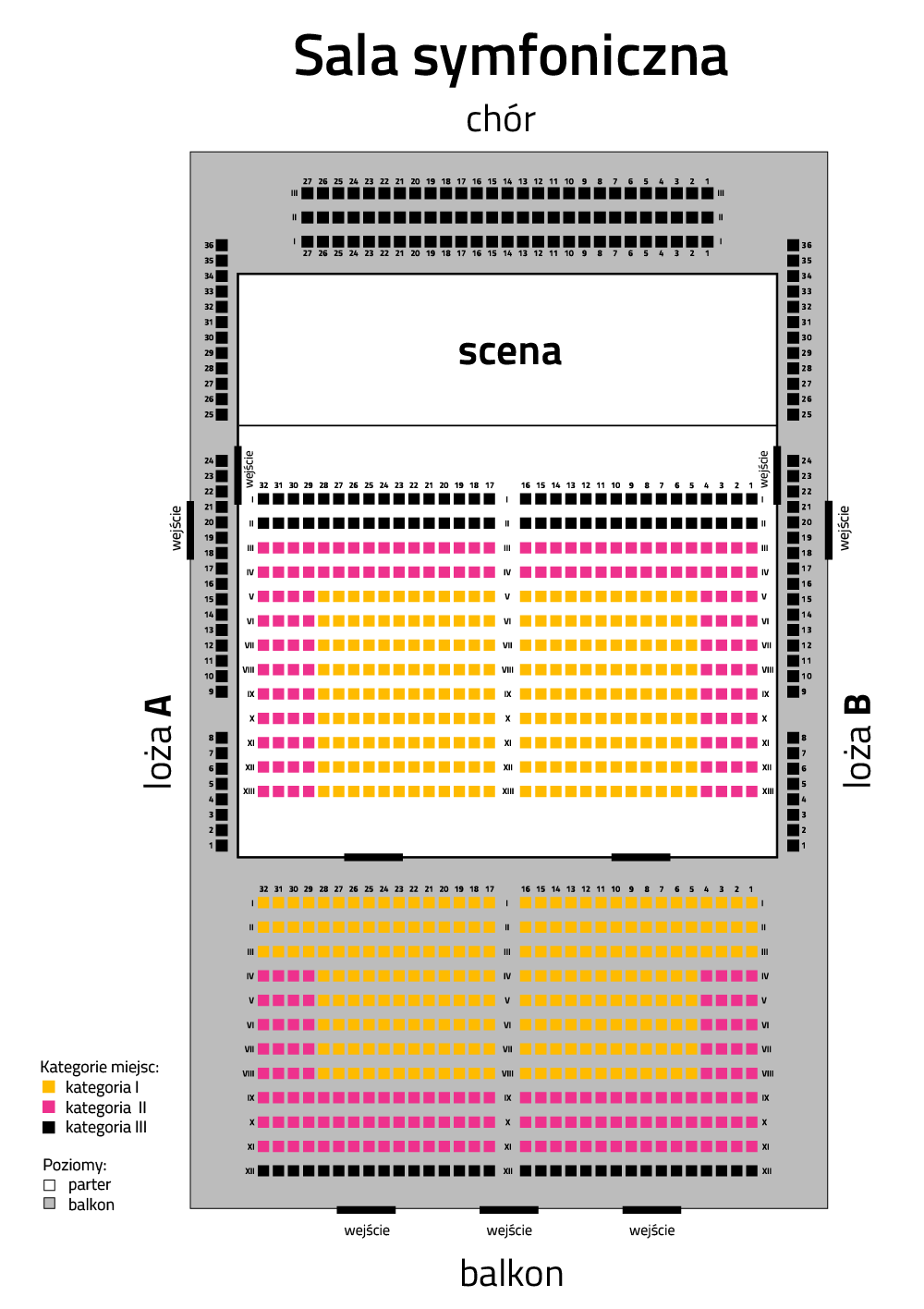A collision of youthful elements with maturity and nostalgia for the past – this is, briefly, the program that will be presented by the International Lutosławski Youth Orchestra. Youth and energy are first and foremost manifested by the ILYO ensemble itself – an orchestral project initiated five years ago (on the jubilee of the 100th birthday of its patron), which is yearly made up of instrumentalists aged 18-26. During the project’s editions, the performers learn and then present to the general public the achievements of Witold Lutosławski, and works from the world of symphonic literature. During this year's fifth meeting, the orchestra will be conducted by maestro Rune Bergmann, artistic director of the Philharmonic in Szczecin.
The entire palette of feelings and moods of the young composer can be found in the Piano Concerto in F minor Op 21 by Fryderyk Chopin, which will be performed by the young but already honored pianist Piotr Alexewicz. The work of the less than twenty-year-old composer arose under the influence of his affection for Konstancja Gładkowska, the artist's first love. The expression of his youthful infatuation will be heard first of all in the second part, Larghetto, which is an oniric nocturn. After this dreamy part, the artist will completely change the face of the work, transferring the listeners into the whirl of a spontaneous folk mazurka.
The representatives of creative maturity of the program are Witold Lutosławski and Zoltán Kodály. Symphony No. 4 constitutes Lutosławski’s last piece from the genre of symphonies in the output of the Polish artist. It was written in 1988-1992, commissioned by the Los Angeles Philharmonic Orchestra, and is a kind of synthesis of the composer's style. The composition bears a two-part form, typical of Lutosławski, in which the lyrical full of nostalgia and reverie phrases are intertwined with violent fragments of tutti. Symphony No. 4 is also an example of mastery, which the mature composer achieved in the orchestration technique and compilation of instrumental chords.
"Dances of Galánta" by Zoltán Kodály constitutes, in turn, the artist's return to the land of his childhood and his first musical experiences. Written in 1933, it shows clear inspiration with folklore, which the composer encountered in Galánta, a small town, now in Slovakia, where he spent several early years of his life. Many Gypsy bands performed there. They were the earliest contact with "orchestral" music for the future artist. Years later, the artist gave the melodies he learned in his childhood a truly symphonic form, shimmering with the entire palette of orchestral sounds.
DETAILS
International Lutoslawski Youth Orchestra
31-08-2018 19:00

Symphony HallFilharmonia im. Mieczysława Karłowicza w Szczecinie
ul. Małopolska 48
70-515 Szczecin

